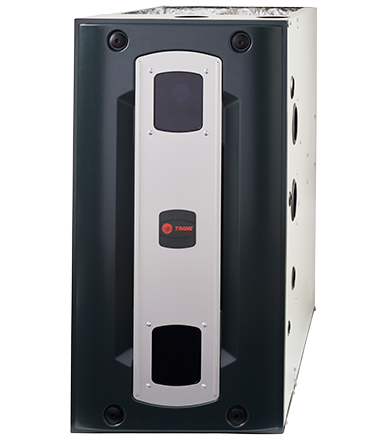
Whether your furnace equipment has broken down or you are just planning to replace an old unit, we know that searching for a new furnace installation can be very confusing. With so many brands, models, features, efficiencies and installation concerns; Imperial Energy will take the time needed to make sure the equipment you buy is the right fit for your application in both residential or commercial buildings.
For some of us, this is the first time we’ve had to replace our heating equipment. Sometimes this can become a complicated overwhelming first experience.
Here are 5 simple steps to help you in the process of buying a new furnace.
Get in touch with a professional HVAC contractor
We recommend choosing only HVAC contractors with the proper credentials. Imperial Energy holds all current and up to date certifications and memberships. This does not guarantee the quality of anybody’s work, you should background check their reviews or see if anyone you know has used their services.
Think of problems you want to address
Changing your furnace is an opportunity to address any performance issues or make additional upgrades to your existing system.
Have the installation requirements assessed
You might want to consider installing a new furnace rather then preforming routine servicing. However each home can present it’s own set of challenges and must be professionally assessed.
Get a written quotation or proposal
Its seems obvious, however it is important that you receive a written proposal that outlines the scope of work to be completed at your home. A proper proposal should include:
Think about how you would like to pay for your new system
We provide clients several convenient ways to pay for their new system.
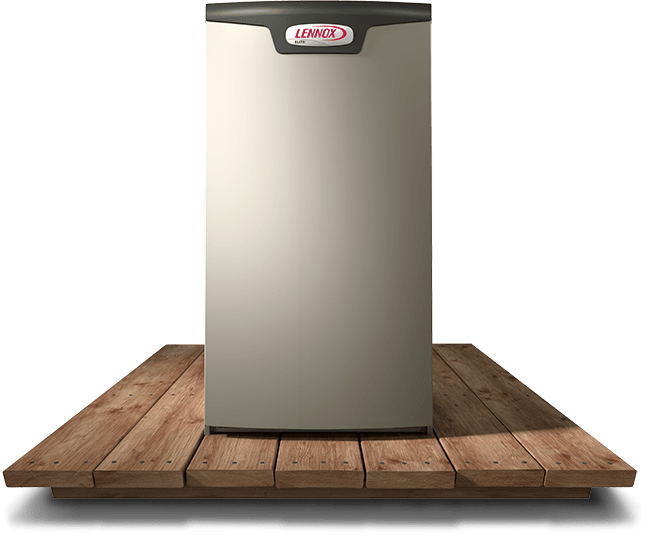
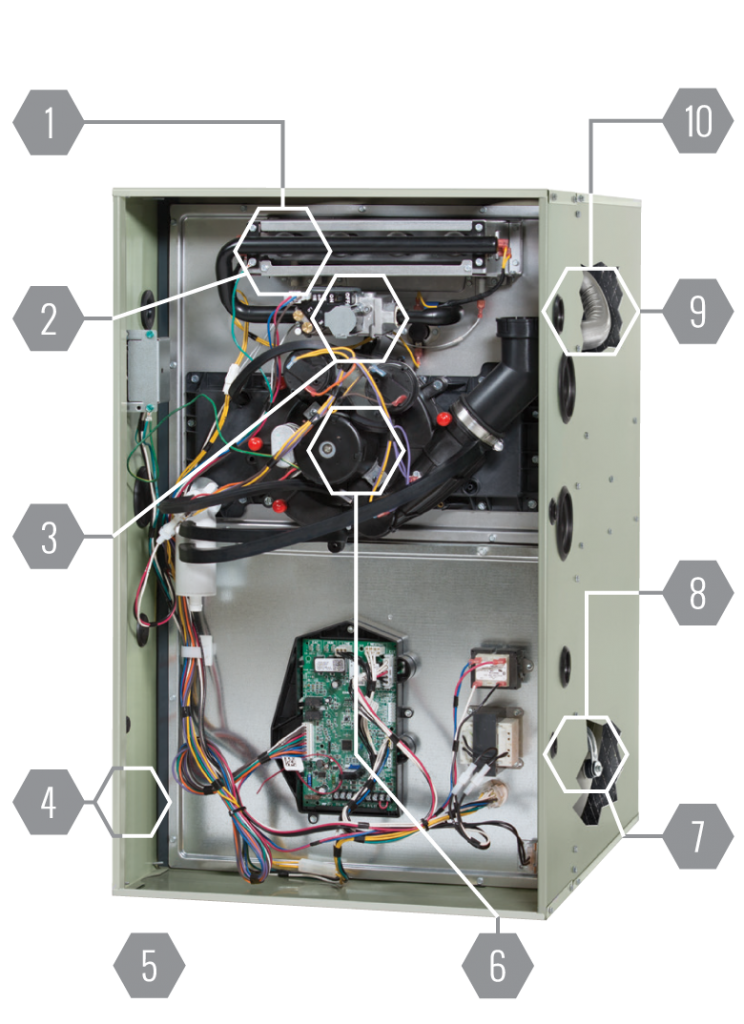
Single stage: A single stage gas valve is simply on or off. It provides 100% capacity to the burner whenever it is on. Manufactures still use a single stage gas valve in their more budget orientated offerings.
Two stage: A two stage gas valve gives the furnace a high and a low setting. For example 60% and 100%. This allows the furnace to run more efficiently on a lower setting until the thermostat calls for more heat. Two stage furnaces have become the the standard today. They provide greater efficiency and comfort by allowing the furnace to run longer, with lower cycles to supply more even heating.
Modulating: Modulating gas valves are the most advanced of the three different valve types. They communicate electronically with the furnace board and the thermostat. They allow the burner to heat up in incremental stages. They generally turn on at 60% and slowly increase output, sometimes as accurately as 1% increments. Manufacturers use these gas valves in their top of the line offering. It should be noted that modulating gas valve do not always translate into any appreciable performance difference. Depending on your home and ductwork, the furnace may ramp up quickly anyway and negate any performance difference or warranting spending extra to have this feature.
Variable-Speed: Unlike conventional fan motors, a variable speed blower motor runs at different speeds to precisely control the flow of heated or cooled air throughout your home. Better airflow control means a better balance of temperature and humidity. Using advanced technology, it constantly monitors the data coming from your heating and cooling system, and automatically makes adjustments necessary to meet your comfort needs. It varies the amount of circulated air, compensating for factors like dirty filters or blocked vents by increasing the fan speed. Put simply, it delivers just the right amount of air for the right level of heating and cooling comfort. As an added bonus, a variable speed motor gradually ramps up to full speed. This eliminates the sudden, noisy blast of air that’s associated with standard furnace motors. It also reduces stress on the mounting hardware. And in the cooling mode, it allows the air conditioner to remove more moisture from the air.
Static Pressure: In a more technical sense, static pressure refers to the amount of pressure measured in inches of water when air moves through an object, such as duct work. If it’s a little hard to grab the concept of static pressure, think of measuring that pressure in your HVAC system in terms of the doctor measuring your blood pressure. A blood pressure reading gives the doctor a good indication of your overall health. The same is true of a static pressure reading. It will give the HVAC technician an idea of our system’s general health.
As a matter of fact there is a quick way to determine if the static pressure reading the HVAC technician takes is good or not. Let’s say the fan in the heating and cooling system is rated at “0.5″ of water column”. This figure can be easily obtained by the technician. The 0.5″ reading would correspond to a 120/80, or perfect, blood pressure reading.
If the reading on the HVAC system comes in at “1.0″ of water column” that means there is too much air flow restriction pressure in the unit by a factor of 2. Multiplying both blood pressure figures by 2 gives a corresponding reading of 240/160. This is much too high for a blood pressure reading and also for any HVAC system. Anyone can easily understand this number!
If the reading is “0.75″ of water column” that’s 1.5 times normal pressure. This would give a corresponding blood pressure reading of 180/120. This figure is still too high.
The figures shown using these examples can give the facility manager an easy way to compare and understand what the static pressure in their HVAC system is. If the static pressure in the HVAC system is too high, then the system is not going to operate as well as it should, just like a person’s body.
Condensing technology: A condensing furnace recovers heat that standard furnaces typically lose. While the gas-fired furnace has a long track record for reliability and lower operating costs, the old model with only a single heat exchanger has always had one drawback; Valuable heat that could be utilized to warm your home more efficiently is lost during the combustion process. It goes straight up the chimney.
A modern condensing furnace solves this problem by incorporating not one but two heat exchangers: the primary and the secondary heat exchangers. The secondary heat exchanger simply gives the system a little bit longer to harness all of the available heat. In the process, the exhaust gases often cool down to the point that any vapor present condenses into water. This is why a modern gas furnaces will only loose 3%-5% of heat output through the vent vs. 20%-30%.
Warranty: Almost every brand of modern gas furnace will offer a limited life-time warranty on this component. Some will offer a complete unit replacement should this component fail, included for the first 10 years.
Electronic Ignition: Gone are the old days of standing pilot light to ignite your furnace. A hot surface ignition is the most common type of electronic ignition today. It is a small metal device that uses an electrical current to heat up to a high enough temperature to ignite the furnace’s burners. The electronic ignition is only turned on when the furnace is ready to begin a heating cycle, and it eliminates the need for a constant fuel supply that a conventional pilot light requires.
Modern Control board technology: Modern furnace control board or logic boards are advanced. They control all the various operations of the furnace. There are various sensors on the furnace that communicate with the control board that will make sure the furnace is operating within specification. Should an abnormality arise, the control board will shut down the furnace for self preservation. The control board having self diagnostic capabilities will display error codes allow you or the technician to easily determine the issue. This can save time, trouble shooting guess work and costly unnecessary repair calls as often simple issues can be resolved with a phone call.
Head over to our air quality recourses to learn more about air purification systems for your heating and cooling system.
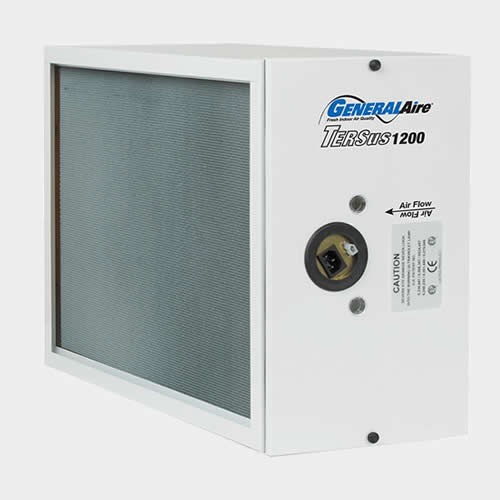
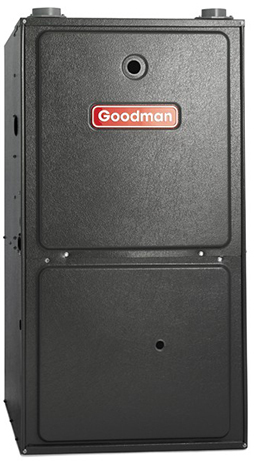
Goodman® is one of the biggest names in home heating and energy-efficient home comfort. That’s because Goodman lives up to its name in a big way, with time-tested energy-efficient technology, highly-durable materials and spot-on manufacturing. So, no matter where you live or whether your home is small or large, Goodman probably has a gas furnace to help keep your home warm and comfortable
Copyright 2025 Imperial Energy | All Rights Reserved
Powered by Imperial Energy